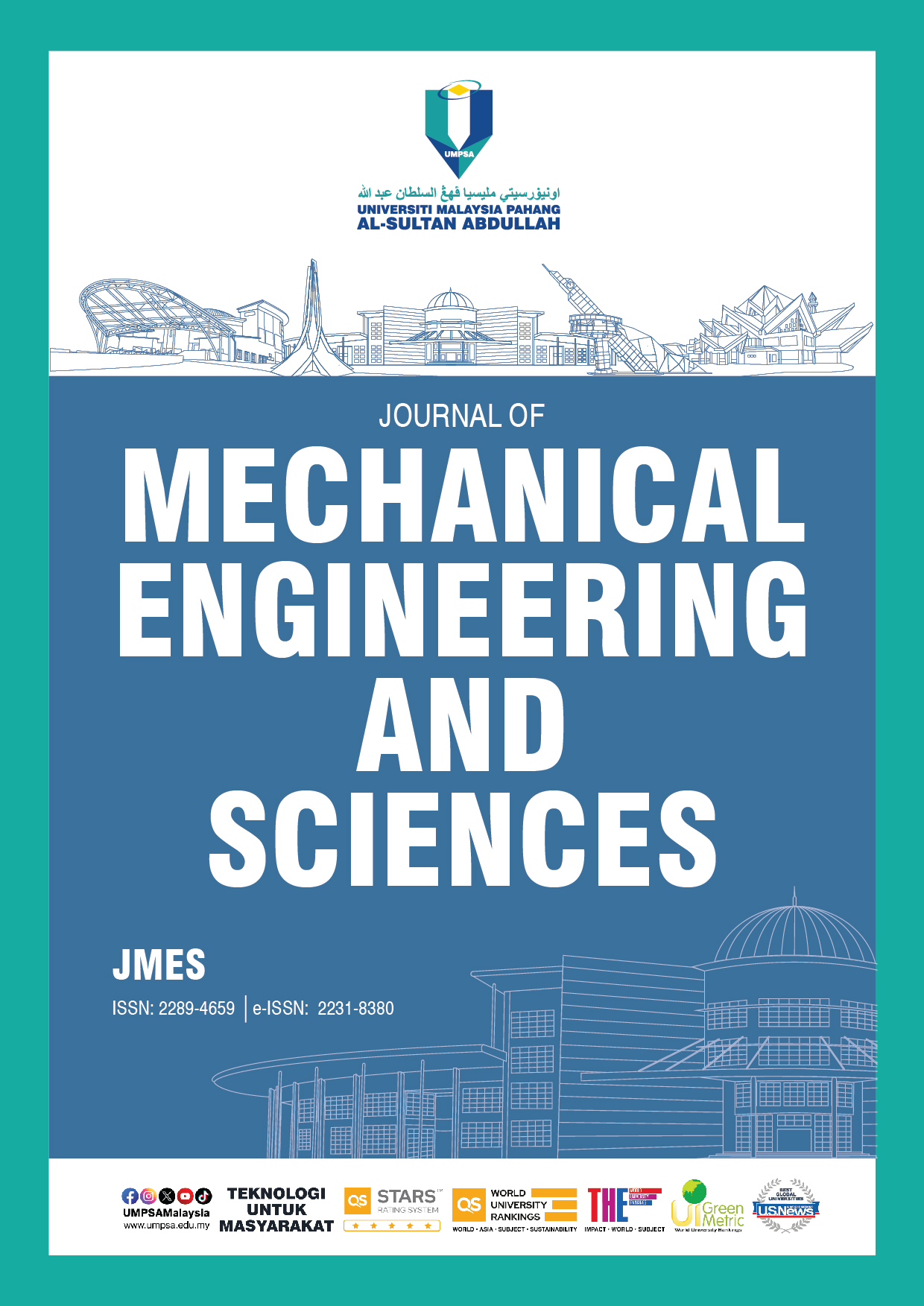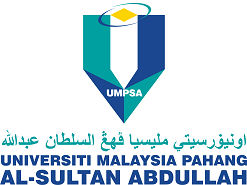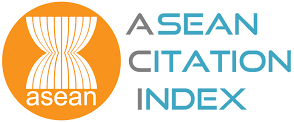Optimization of offset and cant angle winglet on remote control airplane using Taguchi – Particle swarm optimization
DOI:
https://doi.org/10.15282/jmes.17.4.2023.10.0774Keywords:
Cant angle, Offset winglet, Remote Control plane, Taguchi, PSOAbstract
Incorporating winglets into aircraft has been empirically proven to notably improve aerodynamic efficiency by reducing vortex-induced effects at the wingtips. However, conducting comprehensive investigations necessitates the exploration of numerous winglet factors and value variations. This study pertains to remote control aircraft winglets, focusing on manipulating cant angle and offset factors across four distinct values. Two primary objectives guide this research: firstly, the maximization Cl/Cdmax, and secondly, the minimization Cd₀. The Taguchi experimental design is employed to randomize the variations in offset and cant angle values systematically. These variations are then used to generate pivotal regression values in the subsequent particle swarm optimization (PSO). The variance analysis evaluates the impact of winglet-related variables on each research goal. Additionally, the winglet design incorporates the open-source XFLR5 software, an accessible resource for aeromodelling clubs in Indonesia. XFLR5 enables the investigation of aerodynamic parameters across various angles of incidence and plays a crucial role in this research. The results of this study reveal that the Taguchi method yields two distinct combinations of factor values, aligning with the two primary research objectives. Conversely, particle swarm optimization generates a combination that effectively addresses both objectives. A comparative analysis of the winglet factor combinations from Taguchi and PSO underscores the greater efficiency of the PSO method in optimizing winglet variations for two distinct objectives.
References
P. Panagiotou and K. Yakinthos, “Aerodynamic efficiency and performance enhancement of fixed-wing UAVs,” Aerospace Science and Technology, vol. 99, p. 105575, 2020.
U.S. Department of Transportation, Aviation Maintenance Technician Handbook–Air frame, Federal Aviation Administration, FAA-H-8083-31B, Oklahoma City, OK, United States, 2023.
S. Gudmundsson, General Aviation Aircraft Design: Applied Methods and Procedures. 1st Ed. Butterworth-Heinemann, United Kingdom, 2014.
P. Panagiotou, P. Kaparos, and K. Yakinthos, “Winglet design and optimization for a MALE UAV using CFD,” Aerospace Science and Technology, vol. 39, pp. 190–205, 2014.
P. Panagiotou, S. Antoniou, and K. Yakinthos, “Cant angle morphing winglets investigation for the enhancement of the aerodynamic, stability and performance characteristics of a tactical Blended-Wing-Body UAV,” Aerospace Science and Technology, vol. 123, p. 107467, 2022.
R. T. Whitcomb, “A design approach and selected wind tunnel results at high subsonic speeds for wing-tip mounted winglets,” NASA Technical Note, no. 19760019075, 1976.
J. P. Eguea, P. D. Bravo-Mosquera, and F. M. Catalano, “Camber morphing winglet influence on aircraft drag breakdown and tip vortex structure,” Aerospace Science and Technology, vol. 119, p. 107148, 2021.
N. Sethi and S. Ahlawat, “Low-fidelity design optimization and development of a VTOL swarm UAV with an open-source framework,” Array, vol. 14, p. 100183, 2022.
M. El Adawy et. al., “Design and fabrication of a fixed-wing Unmanned Aerial Vehicle (UAV),” Ain Shams Engineering Journal, vol. 14, no. 9, p. 102094, 2023.
S. G. Kontogiannis, D. E. Mazarakos, and V. Kostopoulos, “ATLAS IV wing aerodynamic design: From conceptual approach to detailed optimization,” Aerospace Science and Technology, vol. 56, pp. 135–147, 2016.
P. Panagiotou, P. Kaparos, C. Salpingidou, and K. Yakinthos, “Aerodynamic design of a MALE UAV,” Aerospace Science and Technology, vol. 50, pp. 127–138, 2016.
J. Guerrero, M. Sanguineti, and K. Wittkowski, “CFD study of the impact of variable cant angle winglets on total drag reduction,” Aerospace, vol. 5, no. 4, p. 126, 2018.
S. Kapsalis, P. Panagiotou, and K. Yakinthos, “CFD-aided optimization of a tactical Blended-Wing-Body UAV platform using the Taguchi method,” Aerospace Science and Technology, vol. 108, p. 106395, 2021.
E. Atencio, F. Plaza-Muñoz, F. Muñoz-La Rivera, and J. A. Lozano-Galant, “Calibration of UAV flight parameters for pavement pothole detection using orthogonal arrays,” Automation in Construction, vol. 143, p. 104545, 2022.
A. Susanto, “Optimasi kinerja dan kestabilan unmanned aerial vehicle melalui pengaturan parameter dihedral dan tip-twist sayap dengan menerapkan metode artificial neural network-genetic algorithm,” Master Thesis, Institut Teknologi Sepuluh Nopember Surabaya, 2021.
F. Firdaus, “Optimasi kinerja dan kestabilan unmanned aerial vehicle melalui pengaturan parameter chord tip dan offset sayap dengan menerapkan metode artificial neural network-genetic algorithm,” Master Thesis, Institut Teknologi Sepuluh Nopember Surabaya, 2021.
F. D. Pertiwi, “Optimasi kinerja dan kestabilan unmanned aerial vehicle sebagai pengaruh konfigurasi blended winglet dengan menggunakan metode backpropagation neural network–genetic algorithm,” Master Thesis, Institut Teknologi Sepuluh Nopember Surabaya, 2022.
A. Boutemedjet, M. Samardžić, L. Rebhi, Z. Rajić, and T. Mouada, “UAV aerodynamic design involving genetic algorithm and artificial neural network for wing preliminary computation,” Aerospace Science and Technology, vol. 84, pp. 464–483, 2019.
R. Abnous, C. Zeng, S. Chowdhury, V. Maldonado, and P. Mancuso, “Conceptual design of a blended-wing-body tilt-arm hybrid unmanned aerial vehicle,” in 58th AIAA/ASCE/AHS/ASC Structures, Structural Dynamics, and Materials Conference, Grapevine, Texas, 2017, pp. 1-19.
M. Baigang and W. Xiangyu, “A new aerodynamic optimization method with the consideration of dynamic stability,” International Journal of Aerospace Engineering, vol. 2021, p. 5551094, 2021.
T. Jiang and L. Jiang, “Optimization of UAV airfoil based on improved particle swarm optimization algorithm,” International Journal of Aerospace Engineering, vol. 2022, p. 2828198, 2022.
B. Mi, S. Cheng, Y. Luo, and H. Fan, “A new many-objective aerodynamic optimization method for symmetrical elliptic airfoils by PSO and direct-manipulation-based parametric mesh deformation,” Aerospace Science and Technology, vol. 120, p. 107296, 2022.
M. Bashir, S. Longtin-Martel, R. M. Botez, and T. Wong, “Aerodynamic design optimization of a morphing leading edge and trailing edge airfoil–Application on the UAS-S45,” Applied Sciences, vol. 11, no. 4, 2021.
M. Bashir, S. Longtin Martel, R. M. Botez, and T. Wong, “Aerodynamic design and performance optimization of camber adaptive winglet for the UAS-S45,” in AIAA SciTech 2022 Forum, San Diego, California, United States, 2022.
J. Tao, G. Sun, X. Wang, and L. Guo, “Robust optimization for a wing at drag divergence Mach number based on an improved PSO algorithm,” Aerospace Science and Technology, vol. 92, pp. 653–667, 2019.
M. Leahy, “Multidisciplinary design optimization of a morphing wingtip concept with multiple morphing stages at cruise,” Master Thesis, University of Toronto, 2013.
Z. Wei and S. Meijian, “Design optimization of aerodynamic shapes of a wing and its winglet using modified quantum-behaved particle swarm optimization algorithm,” Proceedings of the Institution of Mechanical Engineers, Part G: Journal of Aerospace Engineering, vol. 228, no. 9, pp. 1638–1647, 2014.
J. Tao, G. Sun, J. Si, and Z. Wang, “A robust design for a winglet based on NURBS-FFD method and PSO algorithm,” Aerospace Science and Technology, vol. 70, pp. 568–577, 2017.
N. K. Hieu and H. T. Loc, “Airfoil selection for fixed wing of small unmanned aerial vehicles,” in Recent Advances in Electrical Engineering and Related Sciences: Lecture Note in Electrical Engineering, vol. 317, pp. 881–890, 2016.
W. A. Widodo, “Studi numerik karakteristik aliran tiga dimensi pada body pesawat tanpa awak jenis cessna 182 menggunakan airfoil august 160 dan penambahan trapezoidal winglet variasi h/S= 0, 15; 0, 20; 0, 25 dengan cant angle 90 ̊,” Jurnal Teknik ITS, vol. 9, no. 2, pp. B102–B107, 2021.
F. D. Pertiwi and A. Wahjudi, “Numerical study of blended winglet geometry variations on unmanned aerial vehicle aerodynamic performance,” The International Journal of Mechanical Engineering and Sciences, vol. 6, no. 1, pp. 31–36, 2022.
I. H. Güzelbey, Y. Eraslan, and M. H. Doğru, “Numerical investigation of different airfoils at low Reynolds number in terms of aerodynamic performance of sailplanes by using XFLR5,” Karadeniz Fen Bilimleri Dergisi, vol. 8, no. 1, pp. 47–65, 2018.
A. Schumacher, E. Sjögren, and T. Persson, “Winglet effect on induced drag for a cessna 172 wing,” Bachelor Thesis, KTH Flygteknik. 2014.
A. Deperrois, “Part IV: Theoretical limitations and shortcomings of XLFR5,” XFLR5 Documentation, vol. 1, pp. 1-33, 2019.
I. Soejanto, Desain Eksperimen dengan Metode Taguchi, 1st Ed. Yogyakarta: Graha Ilmu, Indonesia, 2009.
P. Woolf et. al., Chemical Process Dynamics and Controls, 1st Ed. Chemical Process Dynamics and Controls, LibreTexts, United States, p. 751, 2022.
J. Kennedy and R. Eberhart, “Particle swarm optimization,” in Proceedings of ICNN’95 - International Conference on Neural Networks, Perth, Australia, pp. 1942–1948, 1995.
K. E. Parsopoulos and M. N. Vrahatis, Particle Awarm Optimization and Intelligence: Advances and Applications: Advances and Applications, 1st Ed. IGI Global, United States, 2010.
C.-Y. Lee and M. Tuegeh, “An optimal solution for smooth and non-smooth cost functions-based economic dispatch problem,” Energies, vol. 13, no. 14, p. 3721, 2020.
Downloads
Published
Issue
Section
License
Copyright (c) 2023 The Author(s)

This work is licensed under a Creative Commons Attribution-NonCommercial 4.0 International License.






